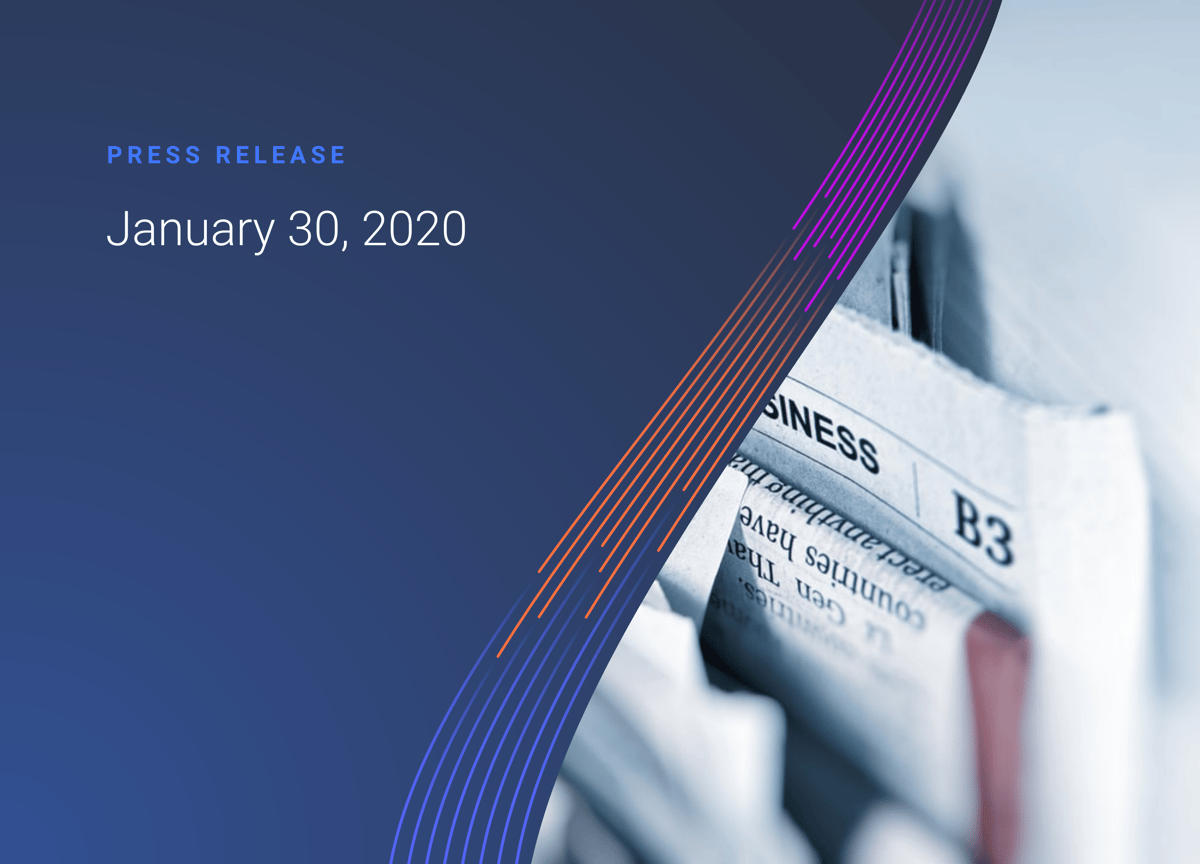January 30, 2020 – Oslo, Norway -- The latest XSI® Public Indices report from Xeneta reveals that the long-term contracted market has experienced a third consecutive month of increases, equating to an 8% overall year-on-year rise. However, despite the slight positive market developments, concerns remain over the carriers’ abilities to recover the costs of compliance with the new IMO 2020 low-sulphur fuel regulations.
The XSI®, which provides unique market intelligence based on real-time crowd-sourced shipping data, has tracked a difficult 18 months for the industry, with an overall trend of declining rates prevailing since summer 2018. However, based on the 160 million data points utilised by the report, that pattern has reversed only a small amount, with December’s 0.9% rise being consolidated by a 2.2% increase over the course of January.
A development that, according to Xeneta CEO Patrik Berglund, isn’t what the market expected given the hype of IMO 2020 all last year. There’s inconsistency across the board, he notes.
The XSI® breaks down rates fluctuations by region, illustrating detailed developments of trends across key trading corridors. In Europe the import benchmark showed progress, rising by 2.4% against last month (up 9.2% year-on-year), while the export figure showed a marginal increase of 0.3%. The Far East import index rose by a healthy 4.9% and is now up 10% against the all-time low recorded in October 2019. Exports also moved in the right direction with an equally impressive jump of 4.5% against last month.
The US import index recorded a rare fall, by 2.1%, but is still up a huge 22.5% year-on-year. Meanwhile the export figure surged by an impressive 5.5%, the largest month-on-month increase since July 2019, leaving the benchmark up 16.7% year-on-year.
Nothing to write home about
Of key importance, explains the Xeneta CEO, is the reaction to the IMO 2020 low sulphur fuel regulations.
“The small increases are nothing to write home about. We have been tracking the effects of the new regulation in our data. Like market commentators have so far suggested, our rate data also does not show IMO 2020 having had any significant impact in the rate levels so far. The carriers are yet to find the right formula for recouping the cost of more expensive fuel,” he says. “They face real difficulties on commoditized routes, where pricing is critical to achieve market share, and the slight rises we see are mainly because of basic supply and demand, nothing more.
Indeed, in the Far East to Europe corridor, the long-term market ticked up, but in line with the levels seen in 2019 and 2018, which had no IMO 2020 regulations. If we look at the short-term market, we do indeed see a spike, which suggests that at this point smaller volume players seem to be the ones picking up a big portion of the new fuel costs.
The trans-Pacific is entering its negotiation period, and this is where it can get interesting for the industry. We would expect to see carriers take off the gloves and bullishly attempt to reclaim the new regulation costs during the Q2 contract period, if indeed fuel regulations have a true impact on long-term market rates. It remains to be seen and it’s more important than ever to stay informed - not listen to rumors - but check the facts.”
Capacity adjustments are being worked on by carriers – e.g. 2M has already announced five void sailings in March – rather than any cost recovery measures. It’ll be interesting to see how this issue develops and what impact we’ll see when the key players release their next round of financial results.
Elsewhere, the news appears brighter regarding relations between the US and China, where a new trade deal (whereby, amongst other measures, China will increase US imports while the US will reduce some key tariffs) suggests relations could be thawing. However, as Berglund points out, the deal only relates to tariffs on USD 120billion worth of goods, with higher tariffs remaining on a further USD 360billion.
The advantage of insight
He notes: “It’s far too early to say with any certainty which way the market will move in the next few months, just as it’s also remiss to suggest that three months of increases in the XSI® means we have a new long-term rates development trend in place. We do not.
“Because of that all stakeholders in the ocean freight value chain must keep up to speed with the market to get the best value for their own businesses. Knowledge is power in contract negotiations, so make sure you have the insight to gain the advantage you need.”
Xeneta’s XSI® Public Indices is based on crowd-sourced rates data from leading global shippers. Companies participating in the platform include names such as Electrolux, Continental, Unilever, Lenovo, Nestle, L’Oréal, and Thyssenkrupp, amongst others.
To get the full XSI® Public Indices report, please visit: https://www.xeneta.com/xsi-public-indices
About Xeneta
Xeneta is the leading ocean freight rate benchmarking and market intelligence platform transforming the shipping and logistics industry. Xeneta’s powerful reporting and analytics platform provides liner-shipping stakeholders the data they need to understand current and historical market behaviour – reporting live on market average and low/high movements for both short and long-term contracts. Xeneta’s data is comprised of over 160 million contracted container rates and covers over 160,000 global trade routes. Xeneta is a privately held company with headquarters in Oslo, Norway and regional offices in New York and Hamburg. To learn more, please visit www.xeneta.com.
%201.png)


-1.jpg)
